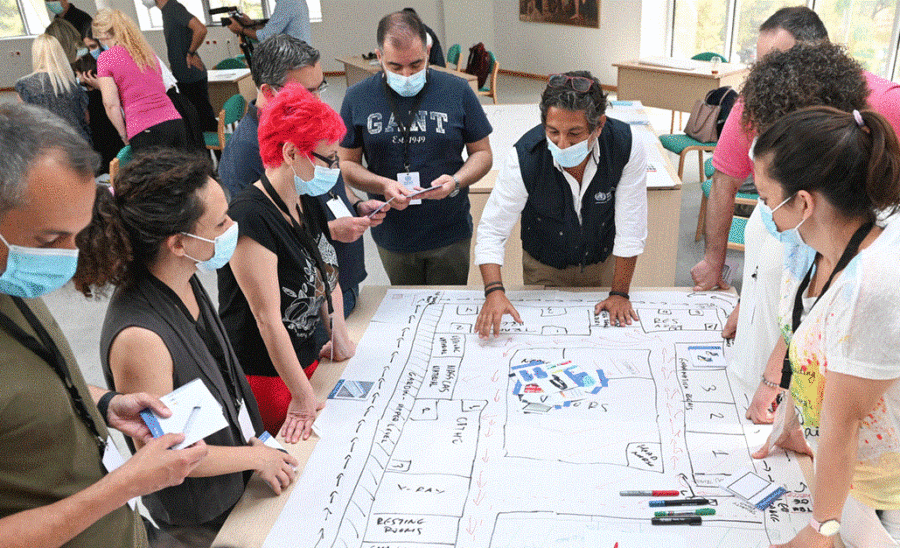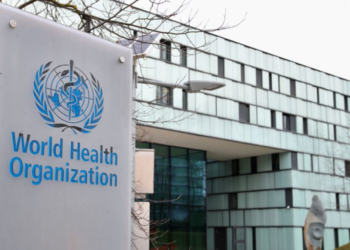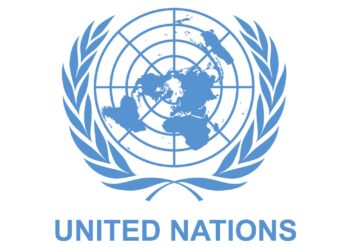The World Health Organization (WHO) , along with UNDP, UNEP and UNICEF have partnered to create a new compendium of 500 actions aimed at reducing death and diseases driven by environmental risk factors.
The compendium is a “living” repository, subject to updates and new guidance as they become available from either of the partner organizations and each action embedded in the compendium is briefly described and refers to the source for greater detail.
The repository presents actions and recommendations to address a comprehensive range of environmental risk factors to health, such as air pollution, unsafe water, sanitation, and hygiene, climate and ecosystem change, chemicals, radiation and occupational risks, among others.
This compendium provides easy access to practical actions for practitioners to scale up efforts to create healthy environments that prevent disease. It is also designed for policymakers, staff in government ministries, local government, in-country UN personnel and other decision-makers.
According to WHO data, environmental pollution and other environmental risks cause 24 percent of deaths through heart disease, stroke, poisonings, traffic accidents, and others. The organization believes this toll could be substantially reduced and even eliminated through bold preventive action at national, regional, local and sector-specific levels.
Based on data available, air pollution, a kind of environmental pollution, leads to 7 million deaths each year, while climate change is expected to contribute increasingly to a broad range of health impacts, both directly and indirectly through effects on biodiversity.
The actions in the compendium are crucial parts of addressing non-communicable diseases (NCDs), as two-thirds of deaths attributed to environmental risk factors are from non-communicable diseases (NCDs), such as heart disease, stroke and cancer.
The compendium is also important in achieving health equity, as low- and middle-income countries bear the greatest environmental burden in all types of diseases and injuries.
The increasing vulnerability of these countries now calls for a scaling up of actions in countries by ministries of health and others at national, regional and local levels. In addition, each of the outlined interventions have been classified according to principally involved sectors, level of implementation and necessary instruments, such as regulation, taxes and subsidies, infrastructure, education, communication, and others.















